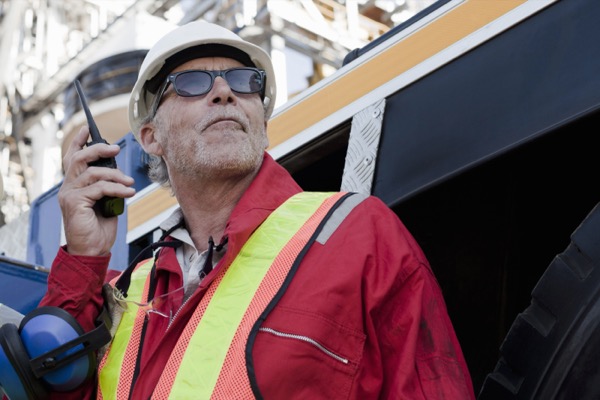No matter how many years of experience you have working in the shop, auto lifts always present a chance for injury. Given the size and weight of the average vehicle, improper lift usage can have disastrous consequences. Using lifts safely not only reduces your chance for injury but also helps protect those working around you.
Before Using
Responsible auto lift operation begins before a vehicle ever leaves the garage floor. Each day before use, take the following steps:
- Inspect the lift for any problems. Watch for any worn out pieces that may need to be replaced or other damage that may compromise the lift’s integrity.
- Check any cables or chains that bear weight for damage or corrosion.
- Check oil and pressure levels if the lift is hydraulic.
- If the lift fails any part of your pre-use test, notify your supervisor and remove the lift from service by marking it with the proper signage.
- Never try to fix or alter a lift yourself. Proper lift maintenance requires a trained and authorized professional.
- Trial and error can be fatal. Never use a lift if you have not been trained on how to do so.
Operating Precautions
From the time the tires leave the ground until the time they return, there is always a certain amount of risk present. While the vehicle is on the auto lift remember to do the following:
- Make sure the vehicle is properly balanced on the lift. Raise the vehicle just off the ground and gently rock it to ensure stability.
- Make sure that tires are properly chocked to prevent movement when using a drive-on lift. Always use the chocks supplied or recommended by the manufacture. Makeshift devices are not reliable substitutes.
- Never attempt to raise a vehicle that is over the weight capacity of an auto lift.
- Never raise a vehicle with a person in it.
- Engage the lift’s load locking devices before starting work. Do not use lifts that have no way of securing the load while raised.
- Never override the safety features of the lift.
- Use additional supports on the front and back of the vehicle when removing or installing heavy components such as transmissions. Wear appropriate protective equipment such as a cap or hard hat, steel-toed boots, safety glasses and ear protection while working under a vehicle.
- Never try to stabilize a falling vehicle. Clear the area immediately.
- Make sure the area under the auto lift is clear of people, tools and other materials before lowering the vehicle.
This safety matters flyer is for general informational purposes only, and is not intended as medical or legal advice. © 2010, 2014-2015, 2019 Zywave, Inc. All rights reserved.







